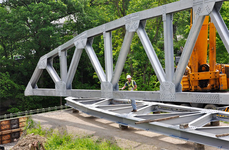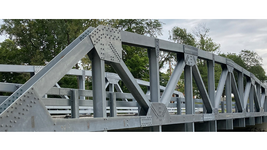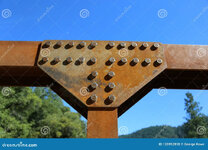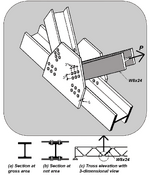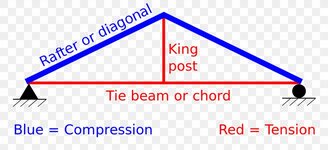Adding transverse stiffeners perpendicular to a web
(I beams and columns) stiffen the web against out
of plane deformations. What about adding only
transverse stiffeners parallel to the web? It’s a one
storey project involving 6м span, RC columns, simple
steel king post roof truss (not tied king post) consisting
of HEA profile. Local steel contractor is …. I want to
approach this project differently. Simple, easy to
fabricate and reliable steel connections. What do you
think, is it feasible to satisfy AISC, EC3?
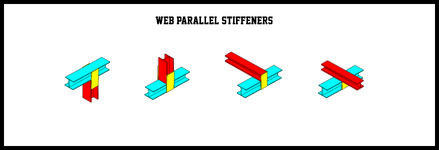
(I beams and columns) stiffen the web against out
of plane deformations. What about adding only
transverse stiffeners parallel to the web? It’s a one
storey project involving 6м span, RC columns, simple
steel king post roof truss (not tied king post) consisting
of HEA profile. Local steel contractor is …. I want to
approach this project differently. Simple, easy to
fabricate and reliable steel connections. What do you
think, is it feasible to satisfy AISC, EC3?


